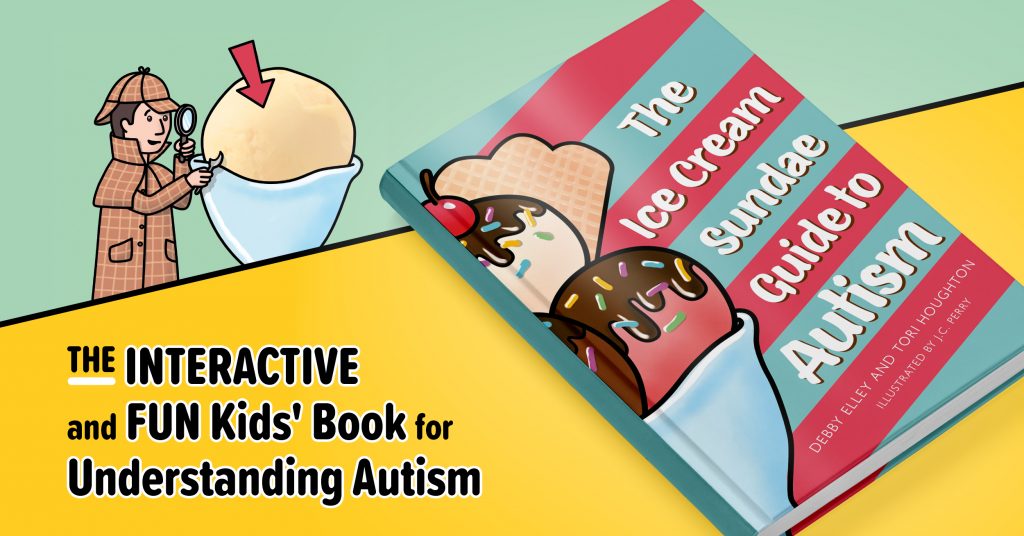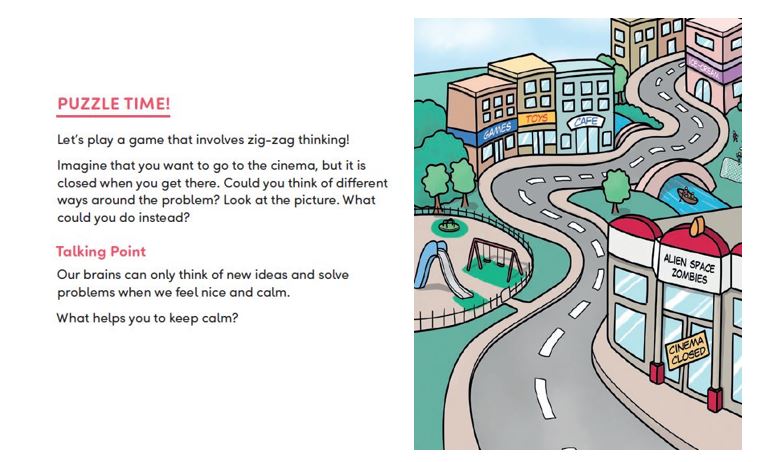This article first appeared in AuKids magazine.
Find out more about The Ice-Cream Sundae Guide to Autism here.

After autism was first identified in the early 1940s, researcher Lorna Wing and her lifelong collaborator Judith Gould built on this work in the Seventies to establish the term ‘Triad of Impairments’. It was this term that came to define the condition until into the new Millennium.
The Triad of Impairments referred to three key features of autism that were common to everyone on the spectrum – ‘impairments’ with communication and social interaction, plus repetitive behaviour and interests.
There’s no doubt that the concept of a triad was ground-breaking and would form the basis for identifying people on the spectrum whose functioning was widely varied.
But there was a problem. The word ‘impairment’ implies something faulty and therefore signals an implied obligation to ‘fix’. Yet in recent years, the message coming from adults with the condition (who had grown up with stigma) was that they didn’t always want to be ‘fixed’. Autistic brains are different, but society needs difference in order to thrive. Why define autism purely in terms of its downside?
Whether you perceive autistic difficulties as ‘impairments’ (i.e. this child is a faulty version of a non-autistic one) or just the result of different neurological wiring will have a huge impact on how you view autism and therefore your parenting strategies. As a society, we’ve moved from ‘correcting’ autistic behaviour to understanding its cause and adapting our strategies accordingly.
Time for a change.
As AuKids magazine began to grow in 2010 onwards, parents asked us how they should ‘break the news’ to their child that they had autism – and even whether they should tell their child about their autism at all.
In answer to this conundrum, the AuKids editors came up with the Ice-Cream Sundae Guide to Autism. First published in AuKids magazine in 2013, the aim of the sundae was to help parents explain autism with a simple but neutral, rather than negative, analogy.

The concept of the ‘triad’ was explained with a Neopolitan ice-cream sundae, with three flavours. Chocolate represents speech and language, vanilla represents social skills and strawberry represents rigidity of thought.
The key difference to the static concept of the ‘triad’ is that ‘scoops’ of ice-cream can vary in size from person to person, from day to day and even according to the environment. Autism is presented as being changeable.
The ‘Triad’ hadn’t included sensory issues, which these days form part of the definition of autism. In the ice-cream sundae, sensory issues are the ‘chocolate sauce’ that can cover central traits of autism, obscuring what we can really see about communication difficulties.
The idea that sensory issues have an impact on the other key ingredients of autism is key. Sensory issues aren’t just an added extra. By causing people to retreat into ‘survival mode’ they can increase difficulties with communication and rigidity of thought.
The sundae sprinkles represented the more positive aspects of autism – for instance, the flip side of repetitive interests being expertise, attention to detail and good memory skills. We wanted to celebrate the workings of a mind that develops through focusing on things rather than people.

The ice-cream also includes a ‘wafer’ which represents difficulties with self-regulation. The wafer can easily be removed, showing that changes in the environment (and in the behaviour of others!) can impact on a person’s ability to self-regulate. People can be taught to self-regulate, so it was important to us that the wafer could be removed. Likewise, with a ‘spoon’ for support, the key difficulties in autism can be ‘eaten up’ too!
Flexibility with the sundae’s ingredients means that you can personalise it. The sundae glass itself represents personality – showing that the ‘look’ of the autism is completely different in each person.
Last year, we changed the language of the sundae to make it simpler for a younger audience of children with autism and their peers. The resulting book, for 7-11s, means that kids with autism, their friends and their family will now have a simple way to understand autism. With our interactive new book – which includes fun puzzles – you don’t have to find words of your own!
The Ice-Cream Sundae Guide to Autism is available now on the JKP website, or wherever you buy books.
If you would like to read more articles like this and get the latest news and offers on our books about autism, why not join our mailing list? We can send information by email or post as you prefer. You may also be interested in liking our Autism, Asperger’s and related conditions Facebook page.